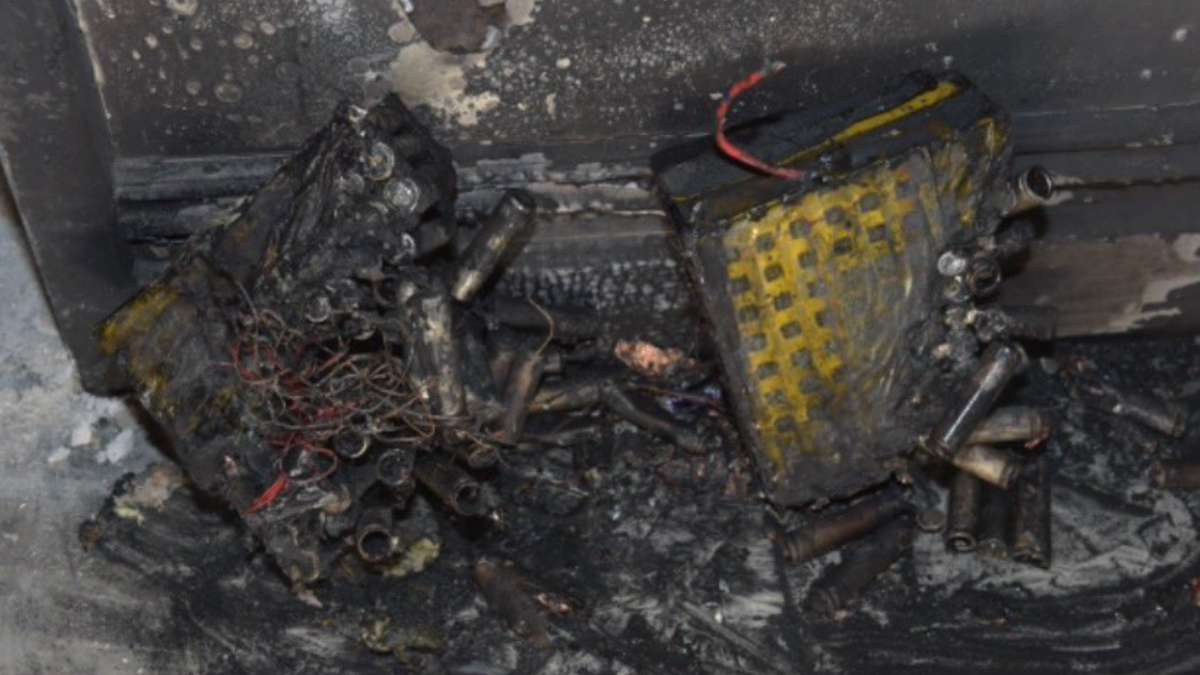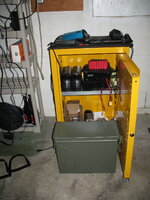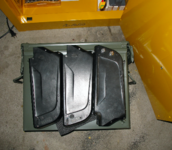Ravi Kempaiah
Well-Known Member
- Region
- Canada
- City
- Halifax
E-bike fires are causing havoc in the NY City. The number of E-bike fires has gone up in the last 1 year and it is extremely important that people purchase bikes that have a higher-quality battery.
A few days ago, NBC and NYTimes had reached out to my advisor at work to weigh in on the E-bike battery problems.
One of the large US companies is also involved in this ongoing issue in NYC. The NYC is now mandating that all E-bike fleets be UL certified.

 www.consumerreports.org
www.consumerreports.org

 www.nbcnewyork.com
www.nbcnewyork.com
A few days ago, NBC and NYTimes had reached out to my advisor at work to weigh in on the E-bike battery problems.
One of the large US companies is also involved in this ongoing issue in NYC. The NYC is now mandating that all E-bike fleets be UL certified.

How to Prevent an Electric Bike Fire - Consumer Reports
Consumer Reports shares advice from the FDNY on keeping the lithium-ion batteries on an e-bike from overheating to prevent an electric bike fire.

FDNY Issues Warning in Wake of E-Bike Battery Fires
Fire investigators issued a warning for e-bike riders Monday following an alarming pattern of battery-sparked fires in New York City. The FDNY put out photos from four fires the department says were started by lithium-ion batteries all in the past week. The recent incidents have fire officials...
 www.nbcnewyork.com
www.nbcnewyork.com





